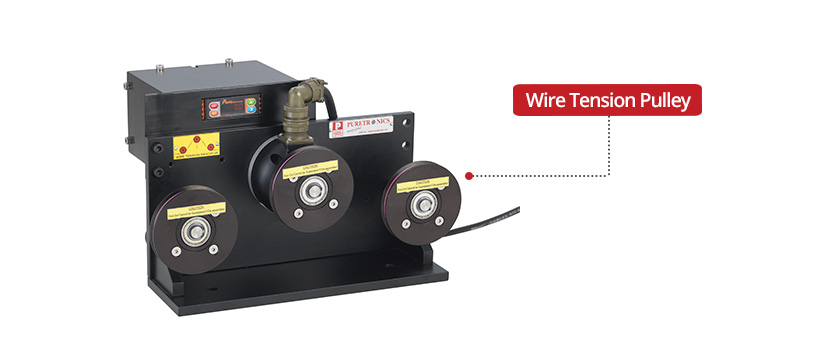
Using Wire Tension Gauge in Conjunction with Wire Drawing Cones
Wire Drawing cones and wire tension gauges are two tools that are commonly used together in wire drawing processes. The tension gauge along with wire drawing cones is used to measure the amount of force being applied to the wire. To ensure the wire’s quality and consistency, it’s essential to monitor and control wire tension. This guide will explain how to use wire tension gauges in conjunction with wire drawing cones for precise wire tension measurement.
Understanding Drawing Cones:
Drawing cones, also known as wire drawing plates, are essential tools for wire artists. These conical-shaped devices are used to shape and taper wires, allowing you to create various thicknesses and designs. By pulling the wire through different-sized holes on the cone, you can control its diameter and achieve the desired effect in your artwork.
Wire drawing cones are useful for different types of wire, including insulated and non-insulated wire. The drawing cone is used to determine the amount of tension in a piece of wire, so it can be used with a wire tension gauge.
Unveiling the Wire Tension Gauge:
A wire tension gauge is a handy instrument used to measure the tension or tightness of a wire. It typically consists of a calibrated spring or mechanical device that provides accurate readings of wire tension. By using a tension gauge, you can ensure uniform tension across your artwork, preventing sagging or warping.
Step-by-Step Guide to Using Wire Drawing Cones with a Wire Tension Gauge:
Now that we understand the individual tools, let’s explore the process of using wire drawing cones in conjunction with a wire tension gauge:
Step 1: Choose the right drawing cone: Select a drawing cone with the desired taper and hole sizes appropriate for your project. Consider the material of the cone, as different materials offer varying degrees of durability and surface finish.
Step 2: Set up your workspace: Create a dedicated workspace with a sturdy table or bench where you can comfortably work with the drawing cone and tension gauge.
Step 3: Attach the wire tension gauge: Securely attach the tension gauge to a fixed point on your workspace. Ensure that it is positioned in a way that allows easy access and readability of the gauge.
Step 4: Prepare the wire: Cut a length of wire suitable for your project, ensuring it is longer than your desired finished piece to account for any waste or adjustments.
Step 5: Begin tapering the wire: Insert the thicker end of the wire into the largest hole of the drawing cone. Gradually pull the wire through the holes, one size at a time, using steady and even pressure. This process will progressively reduce the wire’s diameter and create a tapered effect.
Step 6: Measure the wire tension: Once you have achieved the desired taper, gently pull the wire through the tension gauge. Observe the gauge’s reading to ensure that the tension is within the desired range for your artwork. Adjust the tension as needed by adding or releasing wire.
Step 7: Repeat and refine: If your artwork requires multiple tapered wires, repeat the process with additional wires, ensuring that you maintain consistent tension and tapering throughout.
Tips for Success:
Practice patience: The art of wire manipulation takes time and practice. Be patient with yourself as you learn to control the wire and gauge the tension accurately.
Experiment with different materials: Explore wire drawing cones made from various materials to understand how they affect the wire’s finish and behavior. Each material offers unique possibilities for artistic expression.
Keep safety in mind: When working with wire, always wear protective gloves and eye protection to prevent injury. Be cautious of sharp edges and potential wire splinters.
Continuous Monitoring: Continue monitoring wire tension throughout the entire wire drawing process. Regularly inspect and calibrate your tension gauge to ensure accurate measurements.
Takeaway:
Using wire tension gauge in conjunction with wire drawing cones is a critical aspect of wire drawing operations. By monitoring and controlling wire tension, you can achieve consistent wire quality and dimensions, reducing the risk of breakage and improving production efficiency. It’s important to choose the right tools for the job and to use them correctly to ensure the best possible outcomes.
Puretronics provides technical support with the techniques and tips that will help you master the art of combining these two invaluable tools. It may take some trial and error to get the tension just right, but with practice and regular maintenance and calibration, you’ll be able to achieve consistent and high-quality results.



